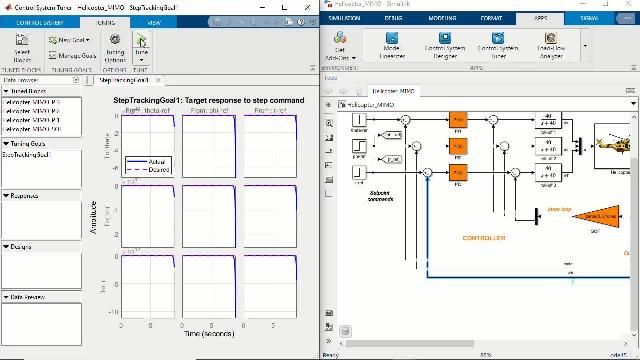什么是模型参考自适应控制?| 数据驱动控制
来自系列: 数据驱动控制
MathWorks Brian Douglas
Use an adaptive control method called model reference adaptive control (MRAC). This controller can adapt in real time to variations and uncertainty in the system that is being controlled.
See how model reference adaptive control cancels out the unmodelled dynamics so that a nominal plant model matches with a reference model.
A MATLAB® example shows where this adaptive control method is used to control the unknown and undesired rolling oscillations, which can occur in a delta-wing aircraft.
出版年份: 2021 年 10 月 24 日





